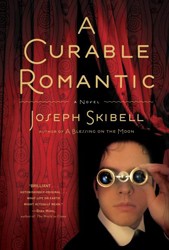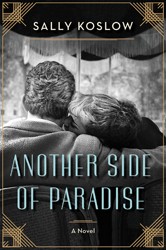“That’s not the end.” These are words a reader loathes to encounter. It’s the equivalent of waking in the middle of surgery and hearing the doctor say ‘Oops.’ Not only does it remind us we aren’t out of whatever narrative woods we’re lost in, but it usually signals that the writer is teasing us, toying with our trust. The first 316 pages of Lipshitz Six, or Two Angry Blondes tell the story of a Russian Jewish family compelled to immigrate to America during the pogroms in a prose style that is fluid, elegant, occasionally beautiful and occasionally precious (I never thought I would read a sex scene in a serious novel described by the words “The two had relations.”)
Then those four dreaded words appear, and we are ushered from the voice of a third-person omniscient narrator into the world of T Cooper, who happens to be the book’s author. Perhaps I am less adept at mid-stream horse transfers than others, and though the writing in the second half of the novel is energetic and often laughout- loud hilarious, it bothered me to make such a leap.
The unifying element: an obsession with blondes. When they arrive in New York in 1907, Esther and Hersh Lipshitz lose one of their four children, Reuven, who stood out in his family for being blonde, but blended into the confusion that was Ellis Island. They stay in New York longer than they intended to look for him, but eventually move to Texas to be with Esther’s brother. Twenty years later, Esther is convinced Reuven has resurfaced, in the guise of Charles Lindbergh. Complications ensue.
Meanwhile, in the late 90s, early 00s, T Cooper is obsessed with a different blonde icon — Eminem — and makes money impersonating him at bar and bat mitzvahs. Ms. Cooper is able to transform pain and anger into comic gold. The novel has many good threads. I just wish some of the seams weren’t showing.





